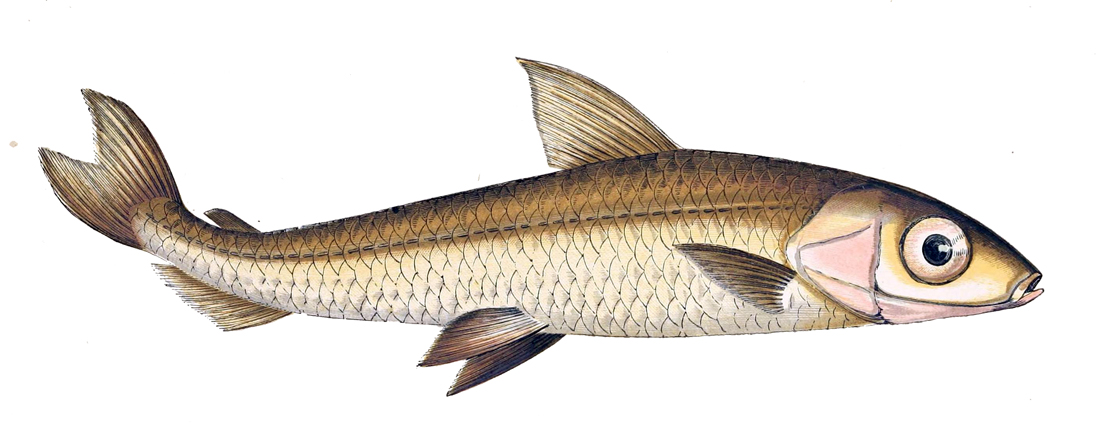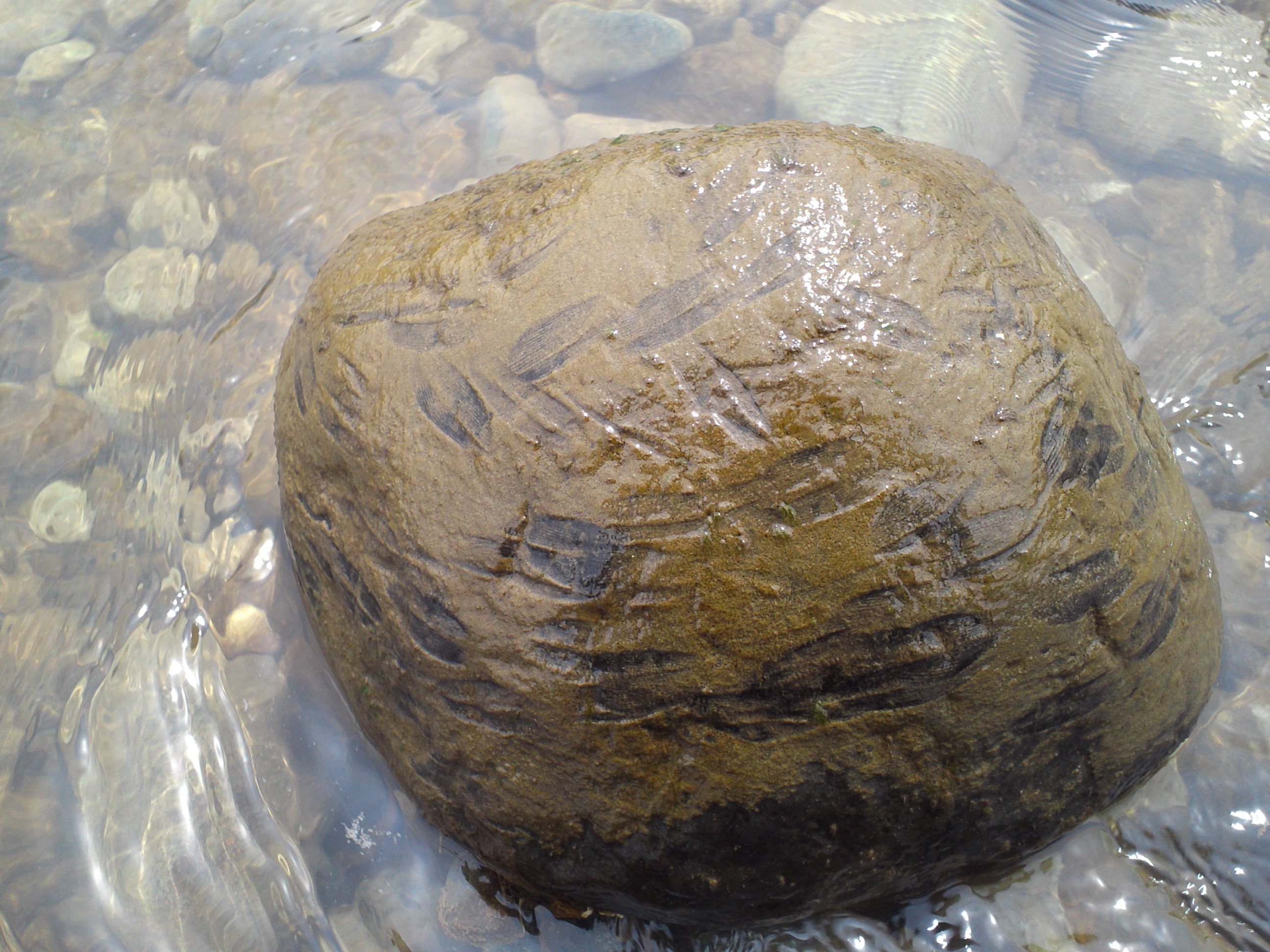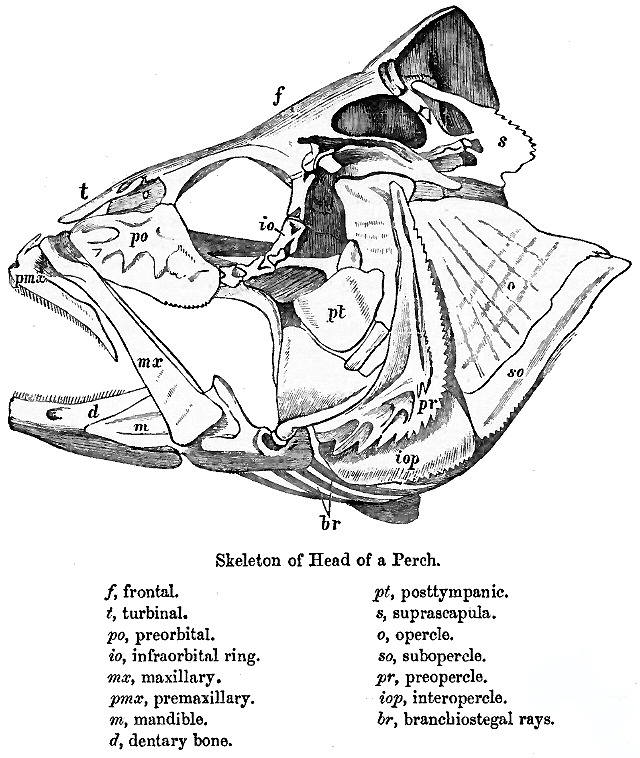|
Osmeriformes
The Osmeriformes are an order (biology), order of ray-finned fish that includes the true or freshwater smelts and allies, such as the noodlefishes; they are also collectively called osmeriforms. They belong to the teleost superorder Protacanthopterygii, which also includes pike (fish), pike and salmon, among others. The order's name means "smelt-shaped", from ''Osmerus'' (the type genus) + the standard fish order suffix "-formes". It ultimately derives from Ancient Greek ''osmé'' (ὀσμή, "pungent smell") + Latin ''forma'' ("external form"), the former in reference to the characteristic aroma of the flesh of ''Osmerus''.FishBase (2006)Order Osmeriformes Version of 2006-OCT-09. Retrieved 2009-SEP-28. In the classification used here, the order Osmeriformes contains two suborders, four family (biology), families, some 17 genera, and about 52species. The "marine" smelts and allies (e.g. the odd-looking barreleyes) were formerly included here as suborder Argentinoidei; they are now ... [...More Info...] [...Related Items...] OR: [Wikipedia] [Google] [Baidu] |
Protacanthopterygii
Protacanthopterygii is a superorder of ray-finned fish. They inhabit both Marine (ocean), marine and freshwater habitats. They appear to have evolved in the Cretaceous or perhaps late Jurassic, originating probably roughly 150 million years ago; fossils of them and the closely related Otocephala are known from throughout the Cretaceous.Encyclopædia Britannica Online (2009): Annotated classification – Superorder Protacanthopterygii. ''In:'Fish Version of 2009-APR-22. Retrieved 2009-SEP-28. Characteristics and origin The Protacanthopterygii contain a number of moderately advanced teleosts. fish anatomy, Anatomical and other traits commonly found in this superorder are: more than 24 vertebrae, epicentral cartilages, one supraorbital bone, and a mesocoracoid, an adipose fin, and (often prominent) glossohyal teeth. However, they usually lack a protrusible Maxilla, upper jaw, a Throat, gular plate, and Anatomical terms of location#Proximal and distal, proximal forking of the int ... [...More Info...] [...Related Items...] OR: [Wikipedia] [Google] [Baidu] |
Argentiniformes
The Argentiniformes is an order of marine ray-finned fish whose distinctness was recognized only fairly recently. In former times, they were included in the Osmeriformes (typical smelt and allies) as suborder Argentinoidei. That term refers only to the suborder of marine smelts and barreleyes in the classification used here, with the slickheads and allies being the Alepocephaloidei. These suborders were treated as superfamilies Argentinoidea and Alepocephaloidea, respectively, when the present group was still included in the Osmeriformes. They contain six or seven families with almost 60 genera and at least 228 species. A common name for the group is marine smelts and allies, but this is rather misleading since the "freshwater" smelts of the Osmeridae also live predominantly in the ocean.FishBase (2006)Order Osmeriformes Version of 2006-OCT-09. Retrieved 2009-SEP-28. pp. 190–194 The earliest fossil argentiniform remains are otoliths of indeterminate argentinids from the ... [...More Info...] [...Related Items...] OR: [Wikipedia] [Google] [Baidu] |
Ray-finned Fish
Actinopterygii (; ), members of which are known as ray-finned fish or actinopterygians, is a class of bony fish that comprise over 50% of living vertebrate species. They are so called because of their lightly built fins made of webbings of skin supported by radially extended thin bony spines called '' lepidotrichia'', as opposed to the bulkier, fleshy lobed fins of the sister clade Sarcopterygii (lobe-finned fish). Resembling folding fans, the actinopterygian fins can easily change shape and wetted area, providing superior thrust-to-weight ratios per movement compared to sarcopterygian and chondrichthyian fins. The fin rays attach directly to the proximal or basal skeletal elements, the radials, which represent the articulation between these fins and the internal skeleton (e.g., pelvic and pectoral girdles). The vast majority of actinopterygians are teleosts. By species count, they dominate the subphylum Vertebrata, and constitute nearly 99% of the over 30,000 extant ... [...More Info...] [...Related Items...] OR: [Wikipedia] [Google] [Baidu] |
Retropinnidae
The Retropinnidae are a family of bony fishes that contains the Southern Hemisphere smelts and graylings. They are the only members of the suborder Retropinnoidei. They are closely related to the northern smelts ( Osmeroidei), which they greatly resemble, but not to the northern graylings (''Thymallus''). Species from this family are only found in southeastern Australia and New Zealand, although a fossil otolith suggests that they may have also inhabited southern South America during the Neogene. Although a few species are partly marine, most inhabit fresh or brackish water. In the past, this family was allied with the galaxiids, with the latter also being treated as osmeriforms. However, more recent studies suggest that the galaxiids form their own order distinct from the osmeriforms. The following taxa are placed in this family: * Suborder Retropinnoidei ** Family † Ferruaspidae *** Genus †'' Ferruaspis'' ** Family Retropinnidae *** Genus ?†'' Navidadichthys'' *** Subf ... [...More Info...] [...Related Items...] OR: [Wikipedia] [Google] [Baidu] |
Osmerus
''Osmerus'' is a genus of smelt. Species There are currently four recognized species in this genus: * '' Osmerus eperlanus'' (Linnaeus, 1758) (European smelt) * '' Osmerus mordax'' (Mitchill, 1814) ** '' Osmerus mordax dentex'' Steindachner & Kner, 1870 (Arctic rainbow smelt) ** '' Osmerus mordax mordax'' ( Mitchill, 1814) (Rainbow smelt) * '' Osmerus spectrum'' Cope A cope ( ("rain coat") or ("cape")) is a liturgical long mantle or cloak, open at the front and fastened at the breast with a band or clasp. It may be of any liturgical colour. A cope may be worn by any rank of the Catholic or Anglican clerg ..., 1870 * '' Osmerus dentex'' ( Steindachner & Kner, 1870) (Pacific rainbow smelt) References Extant Thanetian first appearances Taxa named by Carl Linnaeus Ray-finned fish genera Taxonomy articles created by Polbot {{Osmeriformes-stub ... [...More Info...] [...Related Items...] OR: [Wikipedia] [Google] [Baidu] |
Noodlefish
Salangidae, the icefishes or noodlefishes, are a family of small osmeriform fish, related to the smelts. They are found in Eastern Asia, ranging from the Russian Far East in the north to Vietnam in the south, with the highest species richness in China. Some species are widespread and common, but others have relatively small ranges and are threatened. Depending on species, they inhabit coastal marine, brackish or fresh water habitats, and some are anadromous, only visiting fresh water to spawn. Appearance and life cycle They are slender, have translucent or transparent bodies and almost no scales (females are entirely scale-less, while males have a few). The head is strongly depressed and has numerous teeth. The adults are believed to be neotenic, retaining some larval features. For example, the skeleton is not fully ossified, consisting largely of cartilage. They are small fish, typically around long; only a few reach , and the largest species no more than . Icefish rapidly r ... [...More Info...] [...Related Items...] OR: [Wikipedia] [Google] [Baidu] |
Plecoglossidae
The ayu sweetfish (''Plecoglossus altivelis''), or sweetfish, is a species of fish. It is the only species in the genus ''Plecoglossus'' and family Plecoglossidae. It is a relative of the smelts and other fish in the order Osmeriformes. Native to East Asia, it is distributed in the northwestern Pacific Ocean along the coast of Hokkaidō in Japan southward to the Korean Peninsula, China, Hong Kong and northern Vietnam. It is amphidromous, moving between coastal marine waters and freshwater lakes and rivers. A few landlocked populations also exist in lakes in Japan such as Biwa. Original wild populations in Taiwan became extinct in 1968 due to pollution and present extant populations were reintroduced from Japan in the 1990s. The name "sweetfish" was inspired by the sweetness of its flesh. In reference to its typical one-year lifespan, it is also written as ("year-fish"). [...More Info...] [...Related Items...] OR: [Wikipedia] [Google] [Baidu] |
Salangidae
Salangidae, the icefishes or noodlefishes, are a family of small osmeriform fish, related to the smelts. They are found in Eastern Asia, ranging from the Russian Far East in the north to Vietnam in the south, with the highest species richness in China. Some species are widespread and common, but others have relatively small ranges and are threatened. Depending on species, they inhabit coastal marine, brackish or fresh water habitats, and some are anadromous, only visiting fresh water to spawn. Appearance and life cycle They are slender, have translucent or transparent bodies and almost no scales (females are entirely scale-less, while males have a few). The head is strongly depressed and has numerous teeth. The adults are believed to be neotenic, retaining some larval features. For example, the skeleton is not fully ossified, consisting largely of cartilage. They are small fish, typically around long; only a few reach , and the largest species no more than . Icefish r ... [...More Info...] [...Related Items...] OR: [Wikipedia] [Google] [Baidu] |
Osmerus Eperlanus
''Osmerus'' is a genus of smelt. Species There are currently four recognized species in this genus: * '' Osmerus eperlanus'' (Linnaeus, 1758) (European smelt) * '' Osmerus mordax'' (Mitchill, 1814) ** '' Osmerus mordax dentex'' Steindachner & Kner, 1870 (Arctic rainbow smelt) ** '' Osmerus mordax mordax'' ( Mitchill, 1814) (Rainbow smelt) * '' Osmerus spectrum'' Cope A cope ( ("rain coat") or ("cape")) is a liturgical long mantle or cloak, open at the front and fastened at the breast with a band or clasp. It may be of any liturgical colour. A cope may be worn by any rank of the Catholic or Anglican clerg ..., 1870 * '' Osmerus dentex'' ( Steindachner & Kner, 1870) (Pacific rainbow smelt) References Extant Thanetian first appearances Taxa named by Carl Linnaeus Ray-finned fish genera Taxonomy articles created by Polbot {{Osmeriformes-stub ... [...More Info...] [...Related Items...] OR: [Wikipedia] [Google] [Baidu] |
Teleost
Teleostei (; Ancient Greek, Greek ''teleios'' "complete" + ''osteon'' "bone"), members of which are known as teleosts (), is, by far, the largest group of ray-finned fishes (class Actinopterygii), with 96% of all neontology, extant species of fish. The Teleostei, which is variously considered a Division (zoology), division or an infraclass in different taxonomic systems, include over 26,000 species that are arranged in about 40 order (biology), orders and 448 family (biology), families. Teleosts range from giant oarfish measuring or more, and ocean sunfish weighing over , to the minute male anglerfish ''Photocorynus spiniceps'', just long. Including not only torpedo-shaped fish built for speed, teleosts can be flattened vertically or horizontally, be elongated cylinders or take specialised shapes as in anglerfish and seahorses. The difference between teleosts and other bony fish lies mainly in their jaw bones; teleosts have a movable premaxilla and corresponding modifications ... [...More Info...] [...Related Items...] OR: [Wikipedia] [Google] [Baidu] |
Ancient Greek
Ancient Greek (, ; ) includes the forms of the Greek language used in ancient Greece and the classical antiquity, ancient world from around 1500 BC to 300 BC. It is often roughly divided into the following periods: Mycenaean Greek (), Greek Dark Ages, Dark Ages (), the Archaic Greece, Archaic or Homeric Greek, Homeric period (), and the Classical Greece, Classical period (). Ancient Greek was the language of Homer and of fifth-century Athens, fifth-century Athenian historians, playwrights, and Ancient Greek philosophy, philosophers. It has contributed many words to English vocabulary and has been a standard subject of study in educational institutions of the Western world since the Renaissance. This article primarily contains information about the Homeric Greek, Epic and Classical periods of the language, which are the best-attested periods and considered most typical of Ancient Greek. From the Hellenistic period (), Ancient Greek was followed by Koine Greek, which is regar ... [...More Info...] [...Related Items...] OR: [Wikipedia] [Google] [Baidu] |
Latin
Latin ( or ) is a classical language belonging to the Italic languages, Italic branch of the Indo-European languages. Latin was originally spoken by the Latins (Italic tribe), Latins in Latium (now known as Lazio), the lower Tiber area around Rome, Italy. Through the expansion of the Roman Republic, it became the dominant language in the Italian Peninsula and subsequently throughout the Roman Empire. It has greatly influenced many languages, Latin influence in English, including English, having contributed List of Latin words with English derivatives, many words to the English lexicon, particularly after the Christianity in Anglo-Saxon England, Christianization of the Anglo-Saxons and the Norman Conquest. Latin Root (linguistics), roots appear frequently in the technical vocabulary used by fields such as theology, List of Latin and Greek words commonly used in systematic names, the sciences, List of medical roots, suffixes and prefixes, medicine, and List of Latin legal terms ... [...More Info...] [...Related Items...] OR: [Wikipedia] [Google] [Baidu] |






